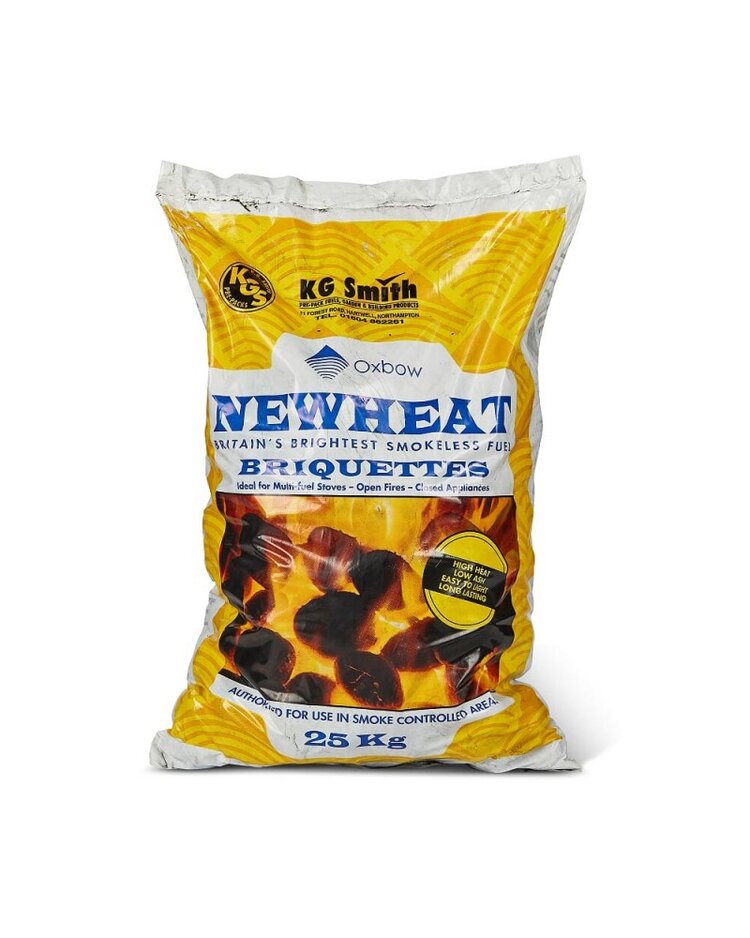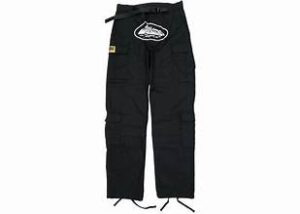
smokeless coal
Smokeless coal is an efficient and environmentally friendly alternative to traditional coal. It has gained popularity among households and industries due to its clean-burning properties, reduced emissions, and higher energy output. This guide will explore everything you need to know about smokeless coal, including its benefits, types, uses, and how it compares to traditional coal.
What is Smokeless Coal?
Smokeless coal, also known as low-smoke fuel, is a type of solid fuel that produces little to no smoke when burned. It is made from natural and manufactured materials that release fewer pollutants, making it an ideal option for urban areas with strict air quality regulations.
Unlike traditional coal, smokeless coal burns at a higher temperature, providing more heat while consuming less fuel. This makes it a cost-effective and environmentally responsible choice for heating homes and businesses.
Benefits of Smokeless Coal
1. Environmentally Friendly
Smokeless coal emits significantly fewer pollutants, reducing air pollution and improving overall air quality. This makes it a sustainable fuel choice, particularly in areas with environmental restrictions on emissions.
2. Higher Heat Output
One of the main advantages of smokeless coal is its high calorific value. It burns longer and hotter than traditional coal, providing consistent and efficient heating.
3. Cost-Effective
Since smokeless coal burns more efficiently, users need less fuel to generate the same amount of heat. This results in lower fuel costs over time, making it an economical option for heating homes and businesses.
4. Minimal Smoke and Ash
Smokeless coal produces very little smoke and ash, reducing maintenance and cleaning efforts. This is particularly beneficial for people using open fireplaces, stoves, or multi-fuel burners.
5. Safer to Use
With lower emissions of carbon monoxide and other harmful gases, smokeless coal is a safer option for indoor and outdoor use. It also produces fewer residues, reducing the risk of chimney blockages and fire hazards.
6. Compatible with Various Appliances
Smokeless coal can be used in a variety of heating appliances, including open fires, multi-fuel stoves, boilers, and cookers. This makes it a versatile option for different heating needs.
Types of Smokeless Coal
There are several types of smokeless coal, each with unique properties that cater to specific heating needs. Here are the most common types:
1. Anthracite
Anthracite is a naturally occurring smokeless coal with high carbon content. It burns at a high temperature, producing little smoke and ash. It is ideal for stoves, cookers, and boilers.
2. Manufactured Smokeless Fuel
Manufactured smokeless fuels are engineered coal alternatives made from a blend of anthracite, petroleum coke, and binding agents. These fuels are designed to burn cleanly and efficiently.
3. Ovoids and Briquettes
Ovoids and briquettes are compacted fuel blocks made from compressed coal dust and other materials. They provide a long-lasting and even burn, making them popular for home heating.
4. Homefire and Ecoal
Homefire and Ecoal are modern smokeless coal brands that are designed to burn efficiently while producing minimal smoke. They are often made from sustainable materials, making them a greener choice.
Uses of Smokeless Coal
Smokeless coal is a versatile fuel with multiple applications. Here are some common uses:
1. Home Heating
Many households use smokeless coal for home heating through open fires, wood burners, and multi-fuel stoves. It provides consistent warmth and long-lasting heat, making it an excellent choice for cold seasons.
2. Cooking
Some types of smokeless coal, such as anthracite, are used for cooking in traditional coal-fired ovens and stoves. They provide a steady and controllable heat source, ideal for slow cooking.
3. Industrial Use
Industries that require high-temperature combustion, such as metalworking and ceramics, use smokeless coal to generate heat efficiently while maintaining environmental compliance.
4. Commercial Heating
Businesses, hotels, and restaurants often use smokeless coal for heating large spaces efficiently. It is a cost-effective and low-maintenance fuel option for commercial establishments.
5. Outdoor Heating
Smokeless coal is used in outdoor fire pits, chimineas, and barbecues, providing a clean-burning fuel that produces minimal smoke and odor.
How to Choose the Right Smokeless Coal
When selecting smokeless coal, consider the following factors:
1. Appliance Compatibility
Ensure the smokeless coal you choose is suitable for your heating appliance. Some types are better suited for stoves, while others work well in open fires or boilers.
2. Heat Output
Different types of smokeless coal produce varying levels of heat. If you need high-temperature heating, anthracite or high-quality briquettes may be the best option.
3. Burn Time
Some smokeless coals burn longer than others. If you need a fuel that lasts throughout the night, opt for a slow-burning variety like anthracite or high-density briquettes.
4. Environmental Impact
Look for eco-friendly smokeless coal brands that use sustainable materials and have low carbon emissions.
5. Cost
Consider the price of smokeless coal in relation to its efficiency and longevity. While premium options may cost more upfront, they often provide better value over time due to their higher efficiency.
How to Store Smokeless Coal Properly
To maintain the quality and efficiency of smokeless coal, proper storage is essential. Here are some tips:
- Keep it Dry: Store smokeless coal in a dry place to prevent moisture absorption, which can reduce its burning efficiency.
- Use a Coal Bunker: A coal bunker or dedicated storage container helps protect the coal from rain and humidity.
- Store in a Well-Ventilated Area: Ensure proper airflow to prevent condensation and mold growth.
- Keep Away from Flames: Store smokeless coal away from open flames and heat sources to reduce the risk of fire hazards.
Comparing Smokeless Coal vs. Traditional Coal
| Feature | Smokeless Coal | Traditional Coal |
|---|---|---|
| Smoke Emission | Minimal to none | High |
| Heat Output | Higher | Lower |
| Burn Time | Longer | Shorter |
| Ash Production | Low | High |
| Environmental Impact | Low | High |
| Cost Efficiency | Higher due to longer burn time | Lower but requires more fuel |
Conclusion
Smokeless coal is an excellent alternative to traditional coal, offering numerous benefits such as higher efficiency, lower emissions, and cost-effectiveness. Whether you’re using it for home heating, cooking, or industrial applications, it provides a clean and reliable fuel source.
By choosing the right type of smokeless coal and storing it properly, you can enjoy its advantages while reducing environmental impact. If you’re looking for an eco-friendly and efficient heating solution, smokeless coal is a smart investment.





